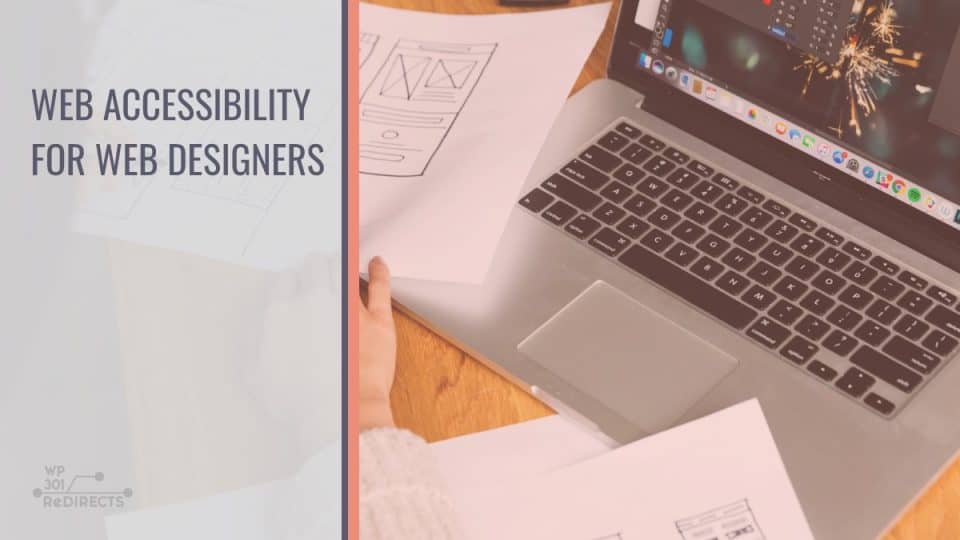If you haven’t yet begun making your design inclusive, you will need to change it as soon as possible. When creating a website that is not accessible for all users, you’re losing a connection with a certain part of your audience, while also facing a decrease in organic traffic, conversion rates, customer loyalty, and, of course, sales.
To understand what it means to have an accessible website, we’ve gathered all the information designers will need to keep in mind when creating inclusive online platforms that aim to inform and engage everyone within their target audience.
Accessible Web
So, what does accessible web design mean? Simply put, having an accessible website means that each user can easily access your website and consume the content you have displayed. To understand if your website is accessible or not, you will need to ask yourself if a person with a visual or audio impairment will be able to navigate your website and find the information they need?
If a person is connecting from a place with a slow internet connection, will they still be able to receive the same amount of information as everyone else? If you have an accessible website, it means that people can easily use it and engage with your content. This implies that designers should strive to create only accessible websites that are easy to navigate but also to understand.
Benefits
For those of you who are still skeptical and think that accessible web is only a trend, you will be surprised to hear how many benefits there are with inclusivity online. If you design with web accessibility in mind, your website will have a great UX that not only brings your content to people with limitations, but also to the general public. Also, keep in mind that an inclusive website will also keep you safe from potential lawsuits in the future if a customer wasn’t informed properly about your products or your business.
Web Accessible Guidelines
Of course, as this topic was beginning to raise interest in the general public, the World Wide Web Consortium created accessibility standards that help developers and designers to build a website that can serve information to everyone. These standards are gathered in a document known as Web Content Accessibility Guidelines or WCAG. For someone who is hearing about this for the first time, you should consider hiring an ADA website compliant consultant to help you understand all of these details that impact how others perceive your website.
Typography
Typography is very important for your website as it allows people to navigate fast. So, when designing pages, make sure you follow the hierarchy from Heading 1, Heading 2, to Heading 3 and if necessary, Heading 4. This also improves your SEO and allows people to have a clear idea of the information that is placed on that certain page.
Colors
You might think you can use just any color that comes to mind on your website, and you probably can, but the thing you’ll need to be aware of is the color contrast, specifically between the text foreground color and background color. If you’re uncertain which color contrast is good for your website, you’ll find plenty of free tools that can help you test it.
Alt Text
With accessible sites, you will need to describe each image you have on your website through alt-texts. Think about the way you would describe the photo to a person that’s visually impaired as they will be using screen readers to understand your visual media.
Content
When you’re creating content, write as simple as possible. Your copywriting should be informative, engaging, and simplified. Make sure that everything you’re adding regarding text makes sense and provides value for your target audience.
UI Elements
Are your website navigation and UI elements consistent? If not, then you’ve got some work to do. If your users have to figure out how to find something, you’re doing it wrong. Everything needs to be self-explanatory and direct, especially the vital information you know customers will look for.
Conclusion
There are plenty of documents and standards you will need to become familiar with like VPAT compliance. Each of these standards has been developed to protect the best interest of customers and ensure they have all they need to make an informed decision. So, before launching your website the next time, just stop and think if you’ve used the best ways to deliver what you need to those who matter.
